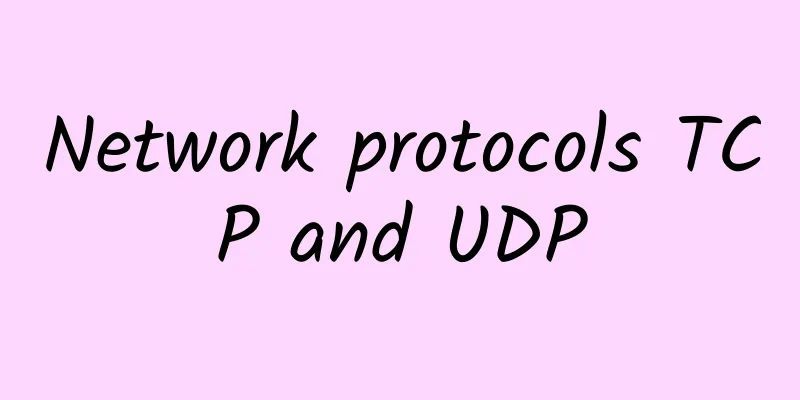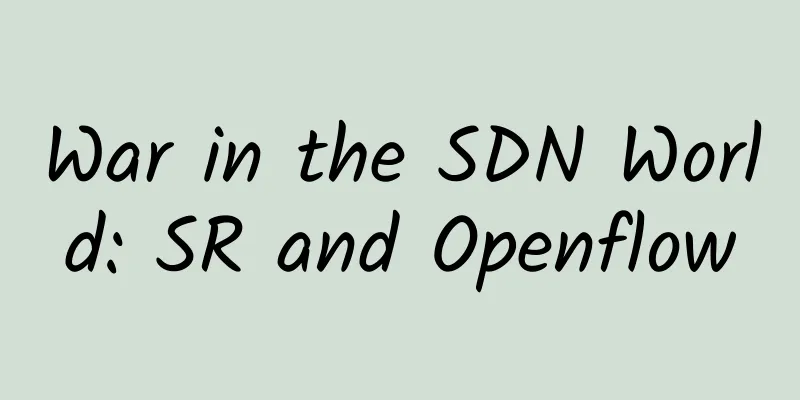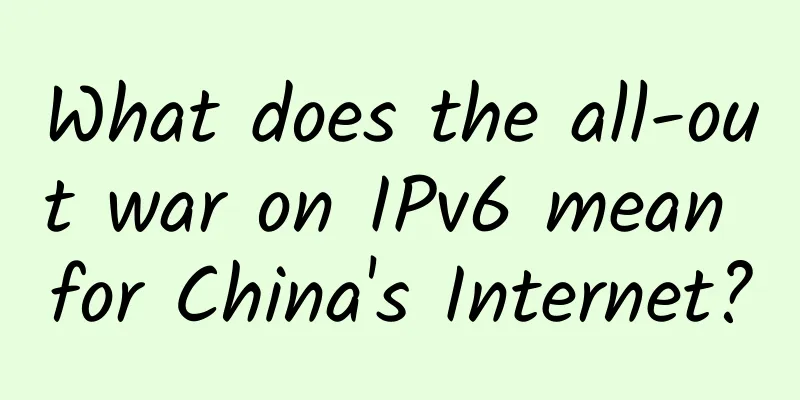Network protocols TCP and UDP

|
First of all, I want to emphasize that the TCP/IP protocol is a protocol cluster. It includes many protocols, UDP is just one of them. The reason why it is named TCP/IP protocol is that TCP and IP protocols are two very important protocols, so they are named after them. The difference between the two protocols is that when using them in practice, you only need to remember that "TCP generally does not cause packet loss when sending data in a normal connection (excluding other factors in the upper and lower layers), while UDP packet loss is very common." 1 The following focuses on the differences between TCP protocol and UDP protocol
Through the above analysis, some people may think that since TCP is a reliable transmission protocol, it must be better than UDP, but this is not the case. Here is an example to illustrate this problem: TCP is used when reliable transmission is necessary at the transport layer. Since it is link-oriented and has mechanisms such as sequence control and retransmission control, it can provide reliable transmission for applications. On the other hand, UDP is mainly used for communications or broadcast communications that require high-speed transmission and real-time performance. Let's take an example - when making a call through an IP phone, if TCP is used, the data will be resent if it is lost in the transmission diagram, but this will not smoothly transmit the caller's voice, resulting in an inability to communicate normally. With UDP, it will not be resent. Therefore, there will be no problem of significant delay in the arrival of the sound. Even if some data is lost, it will only affect a small part of the call. In addition, UDP is also used instead of TCP in multicast and broadcast channels. TCP (Transmission Control Protocol) is a connection-oriented protocol, which means that before sending or receiving data, a reliable connection must be established with the other party. A TCP connection must go through three "conversations" to be established. The process is very complicated. I will only briefly describe the simple process of these three conversations:
The purpose of the three "conversations" is to synchronize the sending and receiving of data packets. After three "conversations", host A officially sends data to host B, which is also a prerequisite for ensuring reliable transmission. 6 UDP (User Data Protocol)
We often use the "ping" command to test whether the TCP/IP communication between two hosts is normal. In fact, the principle of the "ping" command is to send a UDP data packet to the other host, and then the other host confirms receipt of the data packet. If the message whether the data packet has arrived is fed back in time, then the network is connected. The ping command is used to detect whether hosts can communicate with each other. If a host cannot be pinged, it means that a connection cannot be established with the host. The ping command uses IP and Internet Control Message Protocol (ICMP), so it does not involve any transport protocol (UDP/TCP) and application. It sends an ICMP echo request message to the destination host. ICMP protocol stipulates that the destination host must return an ICMP echo reply message to the source host. If the source host receives the reply within a certain period of time, it is considered reachable. |
>>: How 5G will reshape future smart home life
Recommend
Spiderpool: How to solve the problem of zombie IP recycling
In the Underlay network, how to recycle zombie IP...
Tips you must know: Tips to improve laptop heat dissipation
[[385933]] When playing games, the laptop heats u...
How to Unlock a Network
Application-centric networking enables their ente...
Interesting explanation of bearer: PTN and IPRAN in one article
The "old-fashioned" old boss—SDH The tr...
A graphic guide to selecting network equipment
Hello everyone, I am Xiao Fu. Illustrated network...
Can 5G, which was boasted 10 years ago, be realized?
5G is on the verge of launch, and the telecommuni...
[11.11] TmhHost 30% off, Los Angeles CN2/Japan Softbank/Hong Kong CN2 monthly payment starts from 21 yuan
TmhHost has launched this year's Double 11 pr...
Why do big companies have API gateways? It’s not as simple as you think!
[[319983]] In this article, we will explore the r...
25 years later, the CDMA legend ends
On June 12, South Korea's Ministry of Science...
What are the pros and cons of 5G?
Enterprises are evaluating 5G and its impact on o...
Looking at Huawei in the 5G era, which of the 149 suppliers can achieve success?
The past of Apple’s industrial chain may very wel...
Comprehensive Guide to Fiber Optic Boxes
Fiber cassettes are an essential part of a fiber ...
The birth of the "Huawei Industry Fertile Soil Platform" - the empowerment and counter-empowerment of Huawei Cloud and its ecosystem partners
[Original article from 51CTO.com] At the Huawei C...
Summary information: Cloudie.sh/Hongsuyun/Mondoze/Retslav/Crunchbits/Niuniu IDC
On weekend nights, I share with you some of the h...









